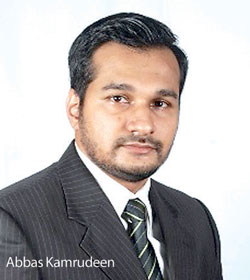14 May 2015 - {{hitsCtrl.values.hits}}
 are products and services is in the range of US$ 850 million. We are optimistic of pushing up the revenue from this segment to US$ 5 billion within the next few years”, he said.
are products and services is in the range of US$ 850 million. We are optimistic of pushing up the revenue from this segment to US$ 5 billion within the next few years”, he said.
25 Nov 2024 8 hours ago
25 Nov 2024 9 hours ago
25 Nov 2024 9 hours ago
25 Nov 2024 25 Nov 2024
25 Nov 2024 25 Nov 2024